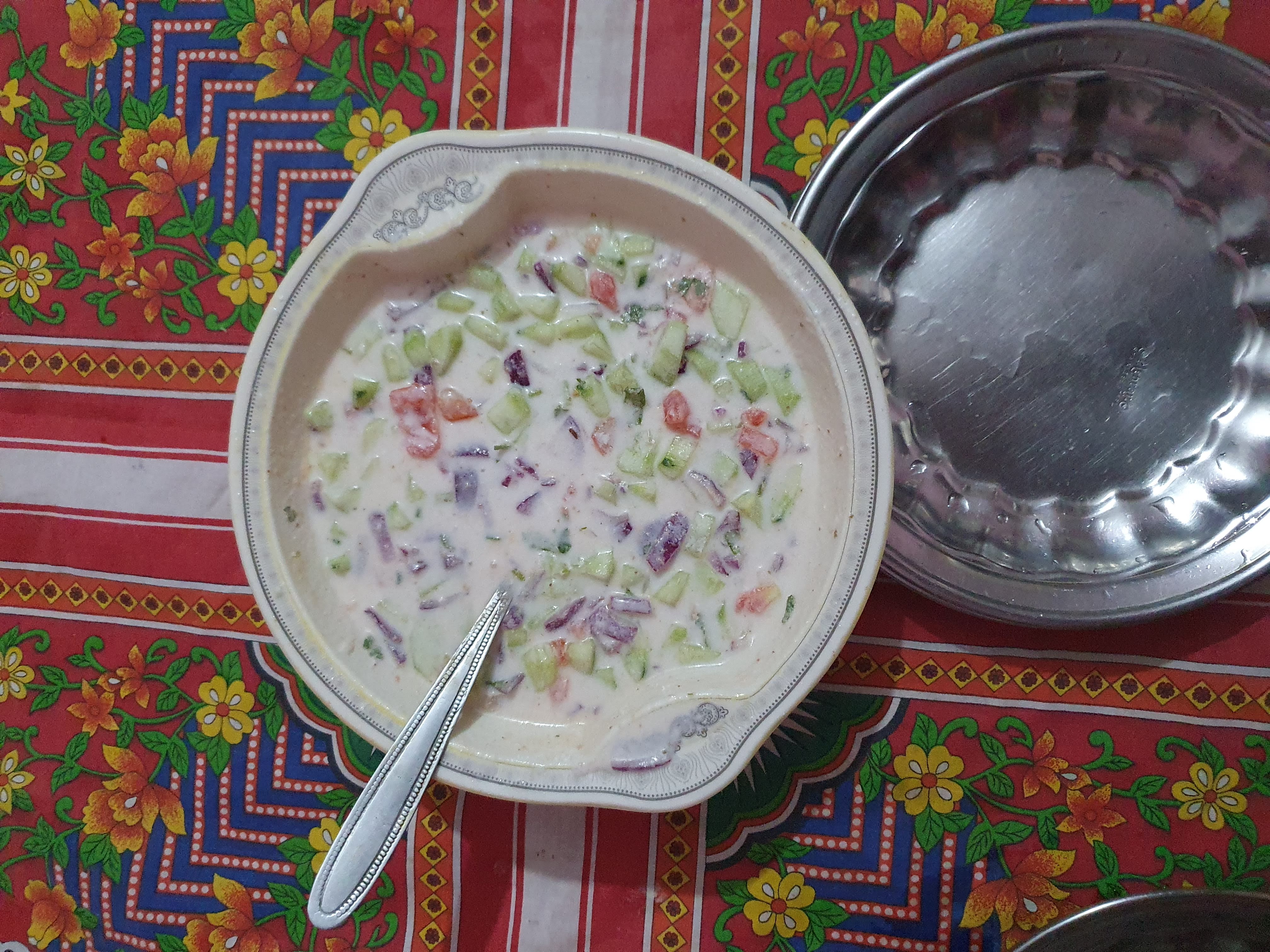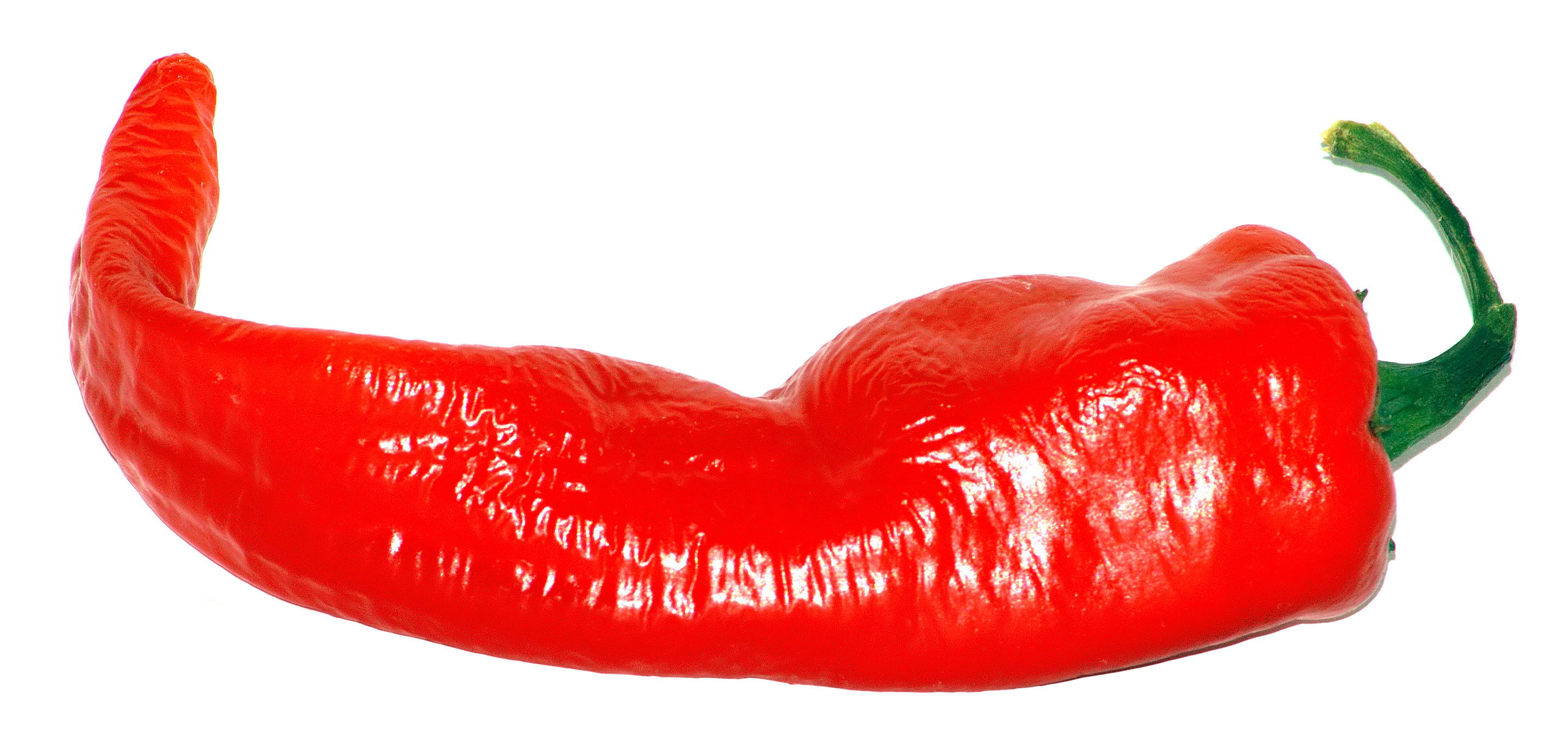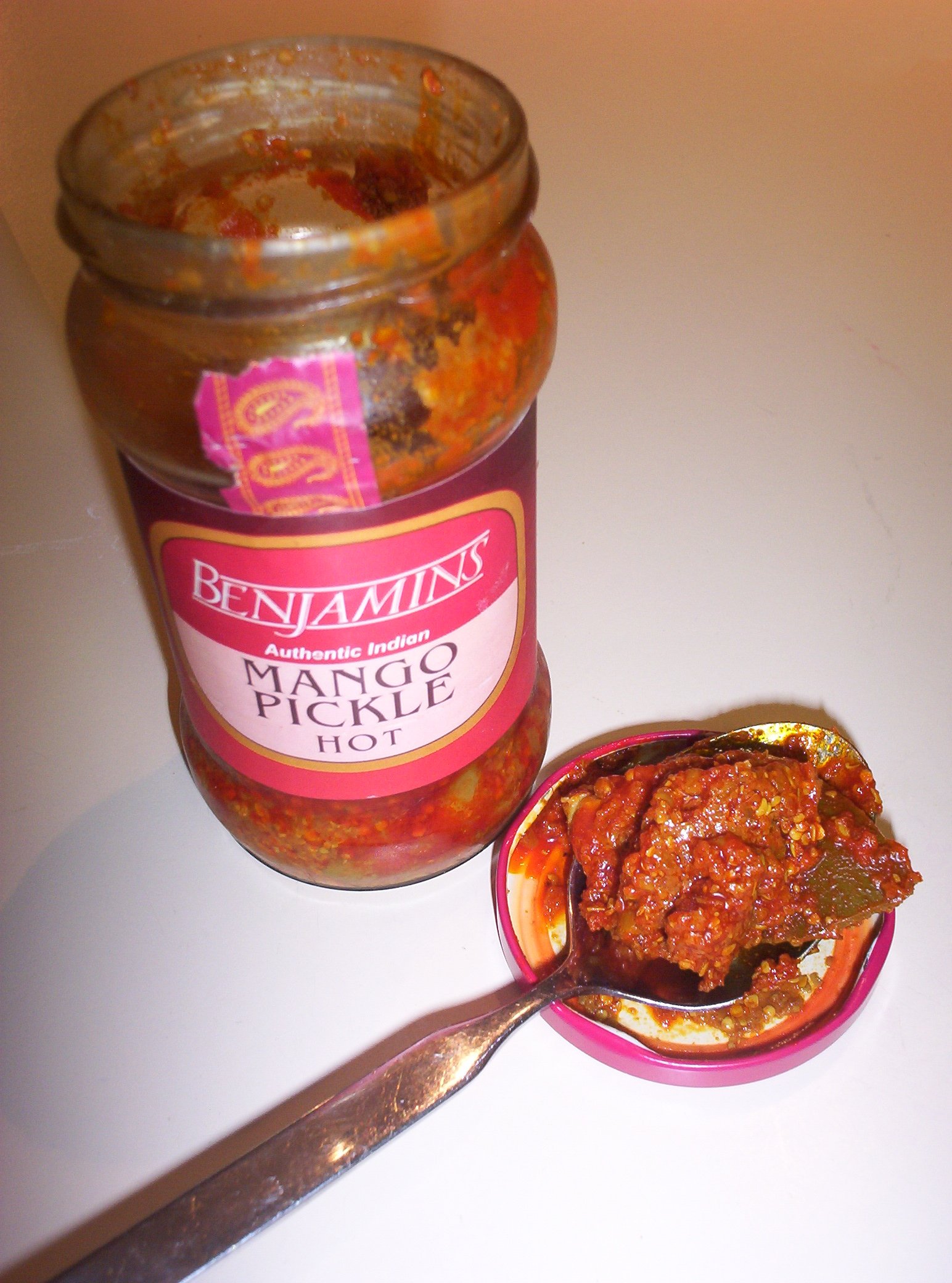|
Raita (condiment)
Raita is a side dish in Indian cuisine made of dahi (yogurt, often referred to as curd) together with raw or cooked vegetables, more seldom fruit, or in the case of boondi raita, with fried droplets of batter made from besan (chickpea flour, generally labeled as gram flour). The closest approximation in western cuisine is a side dish or dip, or a cooked salad. It is often referred to as a condiment, but unlike traditional western condiments like salt, pepper, mustard and horseradish that make dishes more spicy, a dish of dahi or raita has a cooling effect to contrast with spicy curries and kebabs that are the main fare of some Asian cuisines. In Indian cuisine, some type of flatbread may be eaten together with raita, chutneys and pickles. The yogurt may be seasoned with coriander, roasted cumin seeds, mint, cayenne pepper, chaat masala and other herbs and spices. Etymology The word ''raita'' first appeared in print around the 19th century; it comes from the Hindi language. ... [...More Info...] [...Related Items...] OR: [Wikipedia] [Google] [Baidu] |
Pachadi
Pachadi ( te, పచ్చడి, kn, ಪಚಡಿ, ta, பச்சடி, ml, പച്ചടി) refers to a traditional South Indian fresh pickle served as a side dish. Broadly translated, it refers to food which has been pounded. In Andhra Pradesh, Telangana, Karnataka, Kerala and Tamil Nadu, pachadi is a side dish curry similar to the North Indian raita, and is made with vegetable, yoghurt, coconut, ginger and curry leaves and seasoned with mustard. Pachadi generally is a hot or mildly spiced coconut, green chillies, red chillies and yogurt-based dish made with seasonal vegetables or fruits. It is made of fresh vegetables and is served as an accompaniment for rice and for snacks like idli, dosa, and pesarattu. Many kinds of vegetables are included. Sometimes the peel of a vegetable is used, such as the peel of the ridged gourd, known as ' in Telugu. Varieties In Andhra Pradesh and Telangana * Vegetable pachadi is made with vegetables like bottle gourd, aubergine, and ... [...More Info...] [...Related Items...] OR: [Wikipedia] [Google] [Baidu] |
Gram Flour
Gram flour or kadala maavu is a pulse flour made from a variety of ground chickpea called Bengal gram or ''kaala chana''. It is a staple ingredient in the cuisine of the Indian subcontinent, including in Indian, Bangladeshi, Burmese, Nepali, Pakistani, Sri Lankan and Caribbean cuisines. Characteristics Gram flour contains a high proportion of carbohydrates, higher fiber relative to other flours, no gluten, and a higher proportion of protein than other flours. Dishes South Asia and the Caribbean Gram flour is in popular use in the Indian subcontinent and the Caribbean, where it is used to make the following: In Andhra Pradesh, it is used in a curry with gram flour cakes called Senaga Pindi Kura ( te, శెనగ పిండి కూర) and is eaten with Chapati or Puri, mostly during winter for breakfast. Chila (or chilla), a pancake made with gram flour batter, is a popular street food in India. Southeast and East Asia Gram flour, which is called ''pe hmont'' (� ... [...More Info...] [...Related Items...] OR: [Wikipedia] [Google] [Baidu] |
Cayenne Pepper
The cayenne pepper is a type of ''Capsicum annuum''. It is usually a moderately hot chili pepper used to flavor dishes. Cayenne peppers are a group of tapering, 10 to 25 cm long, generally skinny, mostly red-colored peppers, often with a curved tip and somewhat rippled skin, which hang from the bush as opposed to growing upright. Most varieties are generally rated at 30,000 to 50,000 Scoville units. The fruits are generally dried and ground to make the powdered spice of the same name, although cayenne powder may be a blend of different types of peppers, quite often not containing cayenne peppers, and may or may not contain the seeds. Cayenne is used in cooking spicy dishes either as a powder or in its whole form. It is also used as an herbal supplement. Etymology The word 'cayenne' is thought to be a corruption of the word ''kyynha'', meaning "capsicum" in the Old Tupi language once spoken in Brazil. It is probable that the town Cayenne in French Guiana is related to ... [...More Info...] [...Related Items...] OR: [Wikipedia] [Google] [Baidu] |
Cumin
Cumin ( or , or Article title ) (''Cuminum cyminum'') is a in the , native to the . Its seeds – each one contained within a fruit, which is dried – are used in the |
Coriander
Coriander (;coriander in the Cambridge English Pronouncing Dictionary ''Coriandrum sativum'') is an herb in the family . It is also known as Chinese parsley, dhania, or cilantro (). [...More Info...] [...Related Items...] OR: [Wikipedia] [Google] [Baidu] |
South Asian Pickles
South Asian pickles, also known as avalehikā, pachchadi, achaar (sometimes spelled as aachaar), athaanu, loncha, oorugaai, or aavakaai, is a pickled food made from a variety of vegetables and fruits preserved in brine, vinegar, edible oils, and various South Asian spices. The pickles are popular across the South Asian subcontinent, with many regional variants. Etymology Etymology for pickles in South Asia varies regionally. The pickles are known as ''uppinakaayi'' in Kannada, ''avakaya'' in Telugu, ''oorugaai'' in Tamil, ''uppillittuthu'' in Malayalam, ''loncha'' in Marathi, ''athanu'' in Gujarati, and ''achaar'' in Hindustani (Hindi-Urdu), Nepali and Bengali. Early Sanskrit and Tamil literature uses the terms ''avalehika, upadamzam'', ''sandhita,'' and ''avaleha'' for pickles.The Story of Our Food by K.T. Achaya (2003) ''Āchār'', a loanword of Persian origin, entered popular use as the Hindustani term for pickles under the Mughal Empire. In Persian, the word ''āchār'' ... [...More Info...] [...Related Items...] OR: [Wikipedia] [Google] [Baidu] |
Chutney
A chutney is a spread in the cuisines of the Indian subcontinent. Chutneys are made in a wide variety of forms, such as a tomato relish, a ground peanut garnish, yogurt or curd, cucumber, spicy coconut, spicy onion or mint dipping sauce. A common variant in Anglo-Indian cuisine uses a tart fruit such as sharp apples, rhubarb or damson pickle made milder by an equal weight of sugar (usually demerara, turbinado or brown sugar to replace jaggery in some Indian sweet chutneys). Vinegar was added to the recipe for English-style chutney that traditionally aims to give a long shelf life so that autumn fruit can be preserved for use throughout the year (as are jams, jellies and pickles) or to be sold as a commercial product. Indian pickles use mustard oil as a pickling agent, but Anglo-Indian style chutney uses malt or cider vinegar which produces a milder product. In western cuisine, chutney is often eaten with hard cheese or with cold meats and fowl, typically in cold pub ... [...More Info...] [...Related Items...] OR: [Wikipedia] [Google] [Baidu] |
Flatbread
A flatbread is a bread made with flour; water, milk, yogurt, or other liquid; and salt, and then thoroughly rolled into flattened dough. Many flatbreads are unleavened, although some are leavened, such as pizza and pita bread. Flatbreads range from below one millimeter to a few centimeters thick so that they can be easily eaten without being sliced. They can be baked in an oven, fried in hot oil, grilled over hot coals, cooked on a hot pan, tava, comal, or metal griddle, and eaten fresh or packaged and frozen for later use. History Flatbreads were amongst the earliest processed foods, and evidence of their production has been found at ancient sites in Mesopotamia, ancient Egypt, and the Indus civilization. In 2018, charred bread crumbs were found at a Natufian site called Shubayqa 1 in Jordan (in Harrat ash Shaam, the Black Desert) dating to 12,400 BC, some 4,000 years before the start of agriculture in the region. Analysis showed that they were probably from flatbread cont ... [...More Info...] [...Related Items...] OR: [Wikipedia] [Google] [Baidu] |
Kebabs
Kebab (, ; ar, كباب, link=no, Latn, ar, kabāb, ; tr, kebap, link=no, ) or kabob (North American) is a type of cooked meat dish that originates from cuisines of the Middle East. Many variants of the category are popular around the world, including the skewered ''shish kebab'' and the ''doner kebab'' with bread. Kebabs consist of cut up or ground meat, sometimes with vegetables and various other accompaniments according to the specific recipe. Although kebabs are typically cooked on a skewer over a fire, some kebab dishes are oven-baked in a pan, or prepared as a stew such as '' tas kebab''. The traditional meat for kebabs is most often lamb meat, but regional recipes may include beef, goat, chicken, fish, or even pork (depending on whether or not there are specific religious prohibitions). History In Ibn Sayyar al-Warraq's 10th-century Baghdadi cookbook ( ar, كتاب الطبيخ), a compendium of much of the legacy of Mesopotamian, Persian, and Arab cuisine, there ... [...More Info...] [...Related Items...] OR: [Wikipedia] [Google] [Baidu] |
Curries
A curry is a dish with a sauce seasoned with spices, mainly associated with South Asian cuisine. In southern India, leaves from the curry tree may be included. There are many varieties of curry. The choice of spices for each dish in traditional cuisine depends on regional cultural tradition and personal preferences. Such dishes have names that refer to their ingredients, spicing, and cooking methods. Outside the Indian subcontinent, a curry is a dish from Southeast Asia which uses coconut milk or spice pastes, commonly eaten over rice. Curries may contain fish, meat, poultry, or shellfish, either alone or in combination with vegetables. Others are vegetarian. Dry curries are cooked using small amounts of liquid, which is allowed to evaporate, leaving the other ingredients coated with the spice mixture. Wet curries contain significant amounts of sauce or gravy based on broth, coconut cream or coconut milk, dairy cream or yogurt, or legume purée, sautéed crushed onion, or t ... [...More Info...] [...Related Items...] OR: [Wikipedia] [Google] [Baidu] |
Horseradish
Horseradish (''Armoracia rusticana'', syn. ''Cochlearia armoracia'') is a perennial plant of the family Brassicaceae (which also includes mustard, wasabi, broccoli, cabbage, and radish). It is a root vegetable, cultivated and used worldwide as a spice and as a condiment. The species is probably native to southeastern Europe and western Asia. Description Horseradish grows up to tall, with hairless bright green unlobed leaves up to long that may be mistaken for docks ('' Rumex''). It is cultivated primarily for its large, white, tapered root. The white four-petalled flowers are scented and are borne in dense panicles. Established plants may form extensive patches and may become invasive unless carefully managed. Intact horseradish root has little aroma. When cut or grated, enzymes from within the plant cells digest sinigrin (a glucosinolate) to produce allyl isothiocyanate (mustard oil), which irritates the mucous membranes of the sinuses and eyes. Once exposed to air or ... [...More Info...] [...Related Items...] OR: [Wikipedia] [Google] [Baidu] |
Mustard (condiment)
Mustard is a condiment made from the mustard seed, seeds of a mustard plant (white/yellow mustard, ''white mustard, Sinapis alba''; brown mustard, ''Brassica juncea''; or black mustard, ''Brassica nigra''). The whole, ground, cracked, or bruised mustard seeds are mixed with water, vinegar, lemon juice, wine, or other liquids, salt, and often other flavorings and spices, to create a paste or sauce ranging in color from bright yellow to dark brown. The seed itself has a strong, pungent, and somewhat bitter taste. The taste of mustard condiments ranges from sweet to spicy. Mustard is commonly paired with meats, vegetables and cheeses, especially as a condiment for sandwiches, hamburgers, and hot dogs. It is also used as an ingredient in many salad dressing, dressings, Glaze (cooking technique), glazes, sauces, soups, and marinades. As a cream or as individual seeds, mustard is used as a condiment in the cuisine of Indian cuisine, India and Bangladeshi cuisine, Bangladesh, the Medi ... [...More Info...] [...Related Items...] OR: [Wikipedia] [Google] [Baidu] |









